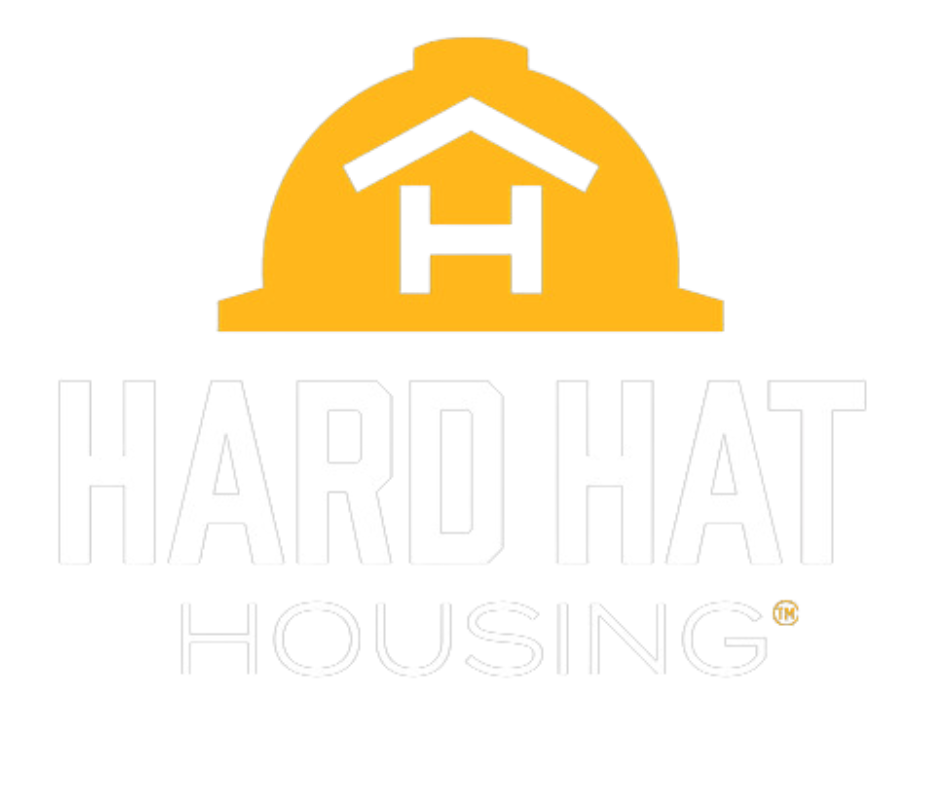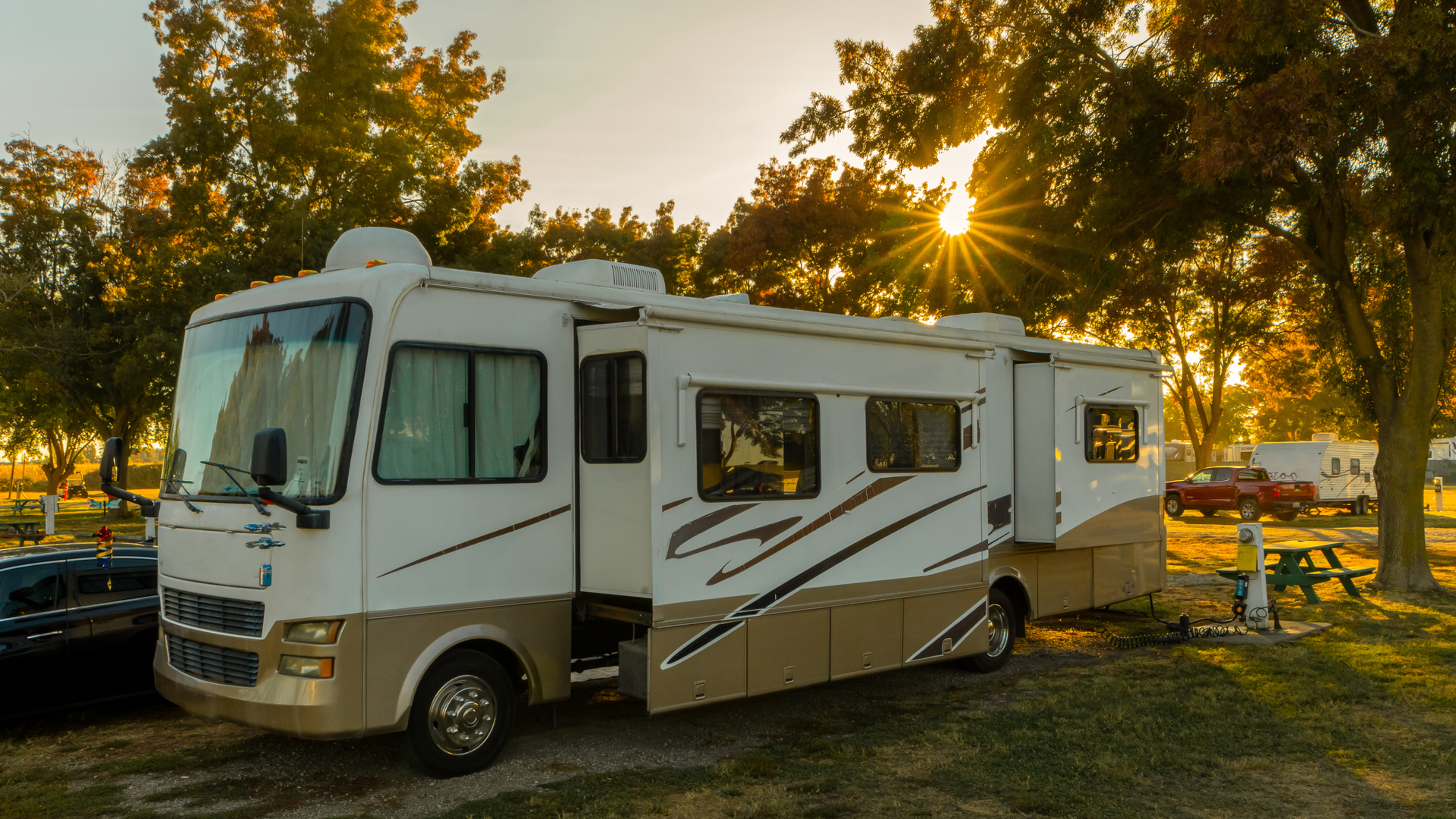Don’t Get Screwed on Subleases: Tips for Avoiding Scams
Disclaimer: Hard Hat Housing does not offer legal, financial or tax advice. This content is for informational purposes only.
If your crews live on the road, subleasing can look like a fast way to lock in “temporary stay apartments” near the job site without committing to a yearlong lease. That speed is exactly why scammers target construction teams that need beds now, not later. In 2024 alone, the FBI’s Internet Crime Complaint Center recorded 9,359 rental‑scam victims who lost $173.6 million, a reminder that urgency and limited inventory create perfect conditions for fraud. This guide zeroes in on the specific traps crews face when subleasing and how to avoid them in the U.S. market for temporary stay apartments.
How sublease scams target construction crews using temporary stay apartments
Most rental scams look similar on the surface. A listing is copied or fabricated, the “owner” insists on quick payment, and keys or access never materialize. The FTC warns that scammers push renters into hard‑to‑trace payments like wires, gift cards, or payment apps and often refuse to show the unit first. It recommends using credit cards when possible and never paying for a place you have not seen. The FBI adds that fraudsters duplicate legitimate listings and pressure victims to wire money, then vanish. Its field guidance even suggests verifying owner identity through public records before you hand over funds.
For traveling crews, there is a twist. Many “too good to be true” subleases are actually illegal under the master lease. If the primary tenant is barred from subletting or lacks written consent from the landlord, a mid‑stay eviction can hit your project even if your team paid on time. Legal resources confirm that most leases require landlord permission for subletting and that unauthorized subletting can justify eviction or legal action. We also see middle‑man schemes, where someone who does not own or manage a unit collects deposits from multiple crews. Industry press has flagged “profit‑driven subletting” and other disguised re‑renting schemes that saddle occupants with inflated rates and zero recourse if the master lease holder is caught.
A surge of first‑hand warnings in the last year underscores the risk. Local police and community groups continue to post Facebook alerts about Marketplace rental scams, including patterns like brand‑new profiles and copy‑pasted photos. Off‑campus and relocation communities echo the same issues: low prices, urgency, and refusal to meet or show ID. Redditors describe losing hundreds of dollars to “sublease” deals brokered through Facebook groups, often with a supposed friend of the tenant vouching for the listing.
Red flags and fast checks before you send a deposit
A few signals should stop you in your tracks: rent well below market, pressure to “book today” to beat other applicants, refusal to show the space or confirm employment or identity, mismatched names on leases and payment accounts, and requests for non‑refundable deposits via wire, Zelle, Cash App, or crypto. These align with the FTC’s list of common rental‑fraud tells, and its guidance is blunt about payment: pay by credit card if you need purchase protections and avoid irreversible methods. The BBB has also warned of rising rental scams that hit students each late summer; recent coverage notes that while many people spot fakes, those who get hit can lose $1,000 or more per incident.
Before money moves, do a 20‑minute “sublease stress test”:
- Verify ownership. Use county property records or a state corporate search to confirm the true owner or manager. The FBI explicitly recommends checking public records before sending funds.
- Demand landlord consent in writing. Most leases require written permission to sublet. Ask for a signed consent letter or email directly from the property manager or landlord. Practical legal sources reiterate that consent is often required and lack of it can trigger eviction.
- Match identities and accounts. The name on the sublessor’s ID should match the name receiving payment. If a “friend is collecting for the tenant,” walk away. Community warnings highlight this exact ruse in recent posts.
- Reverse‑image the listing photos. Recycled photos across multiple cities usually signal a bait listing. This tactic appears repeatedly in FBI case summaries and community alerts.
- Ask who holds the deposit. In many subleases, the prime tenant holds the master deposit with the landlord, and the subtenant provides a separate deposit to the tenant. Good‑faith handoffs include a joint walk‑through and clear documentation of amounts and timelines.
Payments, deposits, and documents that keep you safe
Treat payment rails like safety gear. The FTC advises using a credit card where possible, since it provides dispute rights that cash equivalents do not. It also advises against wires, gift cards, or app payments to strangers. The FBI’s real‑world examples show why: once wired, funds are hard to claw back, and scams are engineered to force you into irreversible transactions. If the other party insists on a wire “to hold the unit,” that is your cue to disengage.
Next, paper everything. A sublease should name all parties, list all occupants, define start and end dates, state total rent and due dates, detail utilities and services, and document furnishings and condition with photos. It should attach or reference the master lease and include the landlord’s written consent. A short rider that addresses construction‑specific issues helps you avoid costly disputes: parking for work trucks, quiet hours, cleaning cadence, and notice for maintenance entry. Remember that rules can vary by jurisdiction. For example, counsel notes that in some rent‑stabilized scenarios a prime tenant cannot legally charge a subtenant more than the legal rent. If something feels off at signing, pause and confirm with the property manager on record.
If you suspect fraud or get hit by it, act immediately. Contact your bank or card issuer, file with IC3, and notify your state attorney general. The FBI reports that rental‑scam losses in 2024 were significant nationwide, so rapid reporting improves your odds of limiting harm.
Contract terms that protect projects from sublease surprises
Subleases for crews are not typical roommate agreements. You need terms that protect schedules, equipment, and morale. Start with explicit
landlord consent and an affirmation that the sublease does not violate the master lease. Reputable legal explainers and practitioner blogs stress that landlord approval is commonly required and that assignments and subleases are distinct. If you transfer the entire leasehold, that is an assignment, not a sublease. Your document should be clear about what you are signing.
Next, add project‑savvy clauses. Include a
relocation remedy if the unit becomes unavailable because the sublessor violated the master lease, a
right to substitute equivalent housing within a defined radius, and
service‑level expectations for utilities, internet, pest control, and emergency maintenance. Spell out
parking and access for crew vehicles and materials and
sleep‑quality standards that reduce fatigue risk, such as quiet hours and actual beds for each worker. A housing checklist tailored to crews helps here; we prioritize proximity to the site, private rooms, kitchens and laundry, and flexible terms that adjust to changing headcount.
Finally, choose partners that reduce fraud risk at the root. Platforms that do not participate in the lease or payment flow cannot make you whole if a listing is fake. Furnished Finder itself reminds travelers that it is not part of bookings or leases, which is why extra vigilance is required with hosts you do not know. When the stakes involve dozens of workers and tight timelines, a managed provider that vets properties, obtains proper approvals, standardizes contracts, and centralizes billing removes several failure points before your crew arrives.
Where we fit when you need temporary stay apartments that are real
If your project cannot afford a bad sublease, consider handing the search and screening to a team that lives and breathes crew logistics. On our end, we focus on verified, crew‑ready homes and apartments near your job sites across the continental U.S., with private rooms, full kitchens, laundry, utilities and Wi‑Fi included, and flexible bookings. We provide one monthly invoice with no hidden fees, 24/7 support, and a documented process that reduces the risk of illegal sublets or bait listings before anyone packs a bag. Our clients regularly see 25–35% savings versus hotels while delivering a home‑like setup that crews actually want to return to after a shift.
What real‑time signals say about sublease risk right now
One reason to bake safeguards into every agreement is that rental fraud continues to evolve. FBI and BBB warnings in mid‑2025 highlight repeated patterns: duplicate listings, refusal to meet, and escalating losses among younger renters, who often use social platforms to find housing. Community posts from the last few months echo these themes, with Facebook group admins and local police urging people to verify proof of ownership and identities and to avoid sight‑unseen deposits.
Property‑management and industry coverage also flags an uptick in application fraud and “re‑renting” schemes that target high‑demand markets. The takeaway for construction is simple: the faster you need housing, the more structure you must put around screening, payments, and contracts.
The bottom line for subleases in temporary stay apartments is not that they are always risky. It is that they require more rigor than a standard nightly booking. When you layer verification, safe payments, and project‑aware contract terms on top of landlord consent, you take the profit out of the most common scams and protect your budget, schedule, and people. But if the deal cannot withstand those basics, it is not the housing your crew deserves.
Contact us to secure vetted, crew‑ready temporary stay apartments near your next job, with one invoice and 24/7 support. We will do the screening and paperwork so you can keep building.













